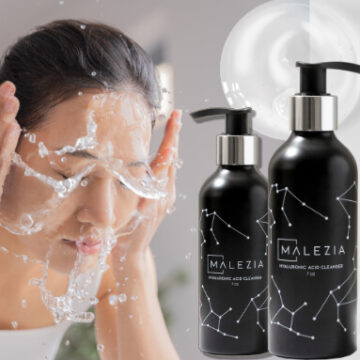When searching for a face wash suitable for acne-prone skin, it can be challenging to navigate through the numerous claims of clear skin on every bottle and tube. This is a common issue that many people can relate to, especially those who suffer from acne.




















